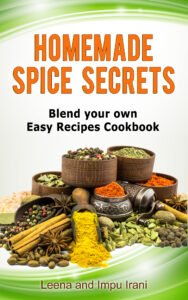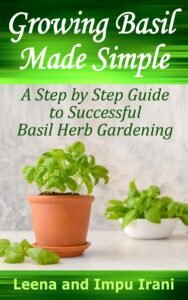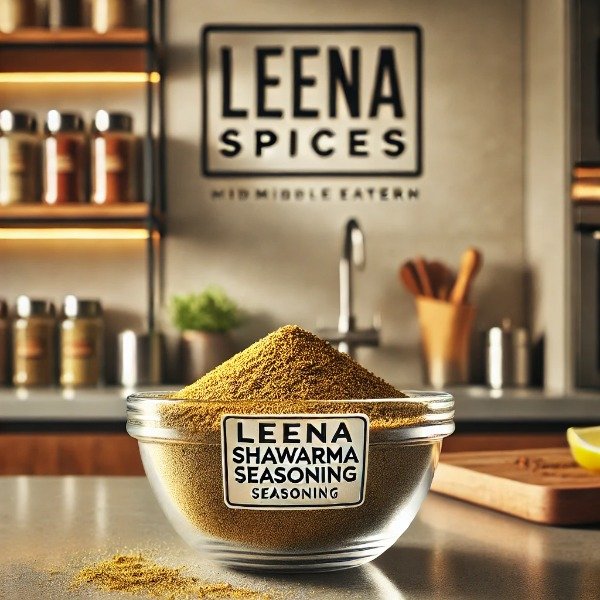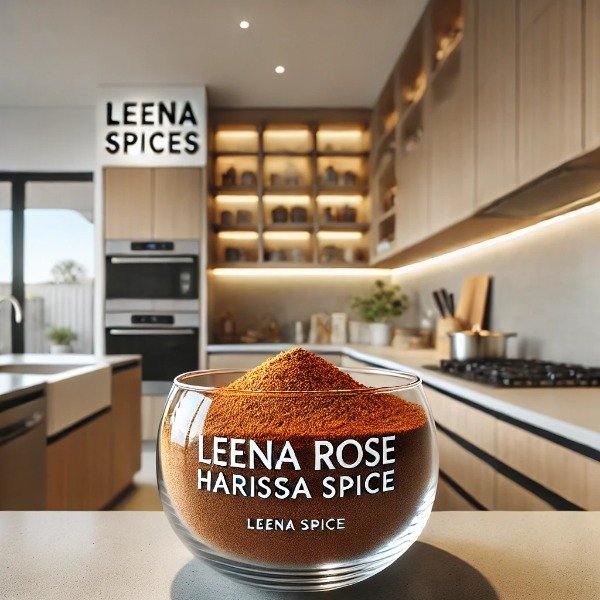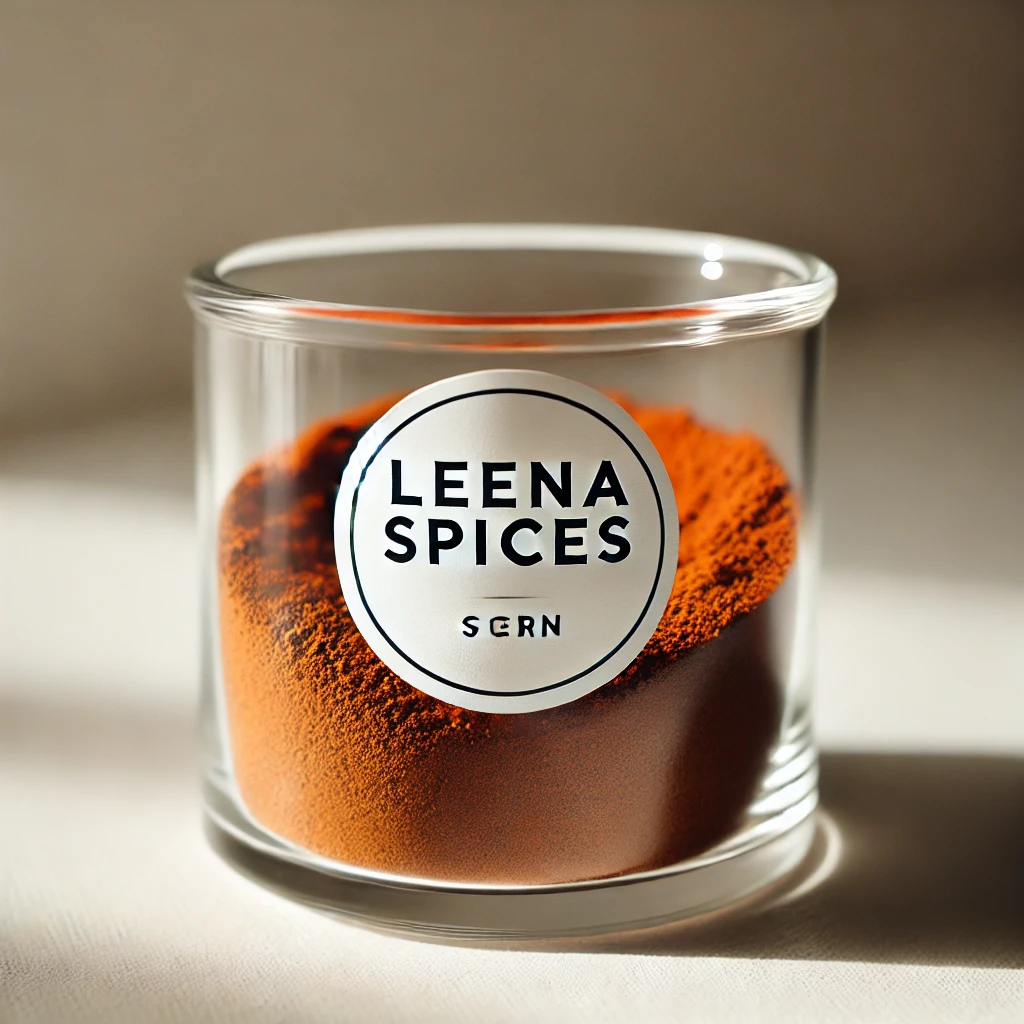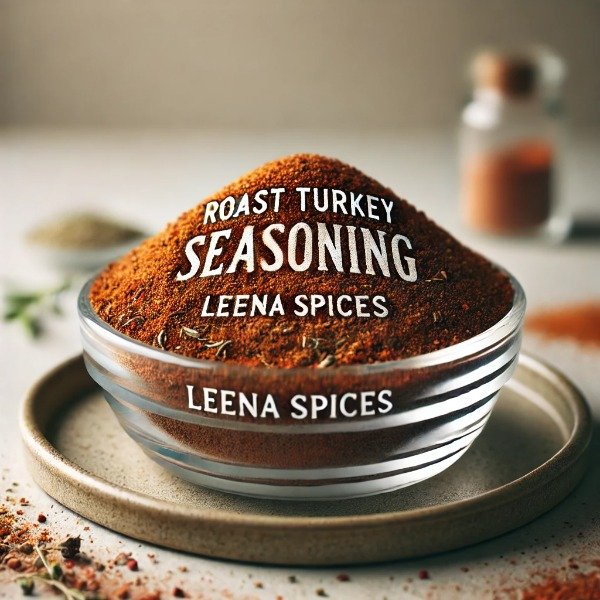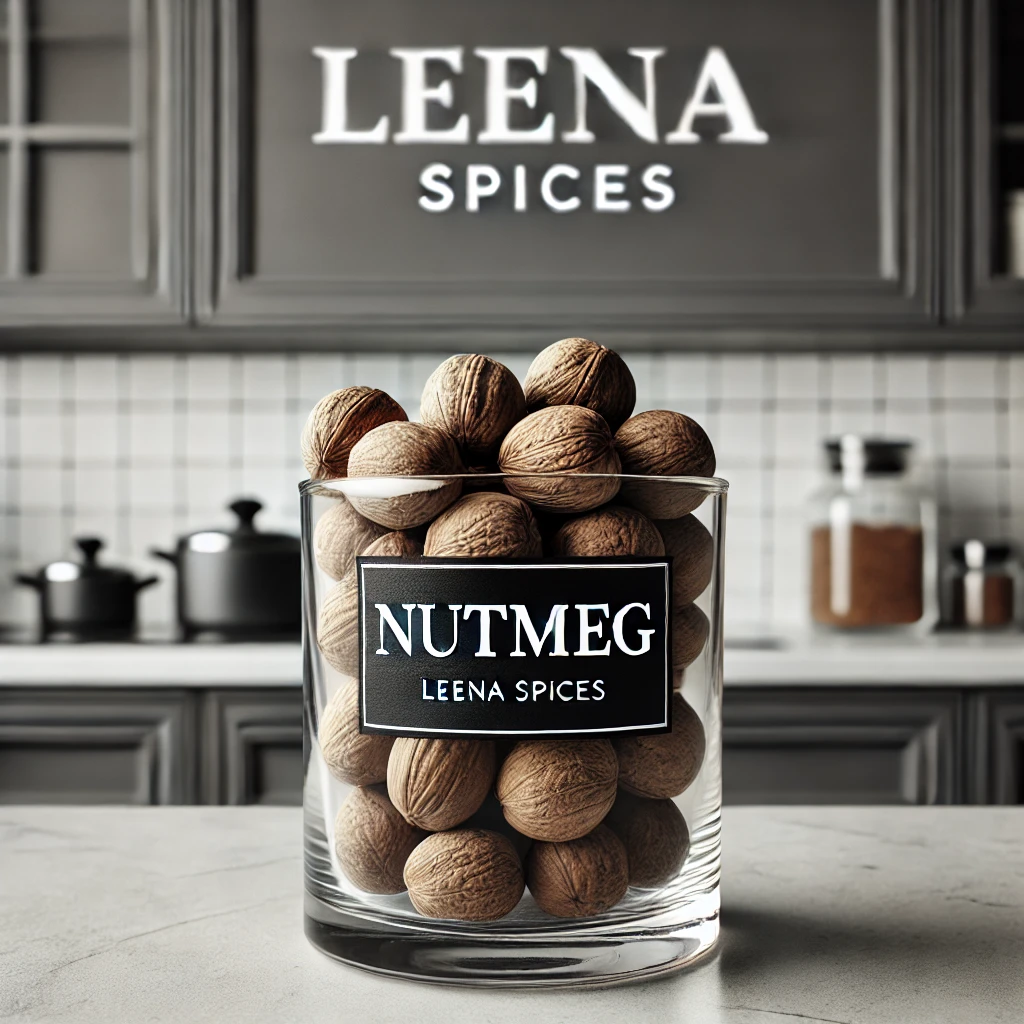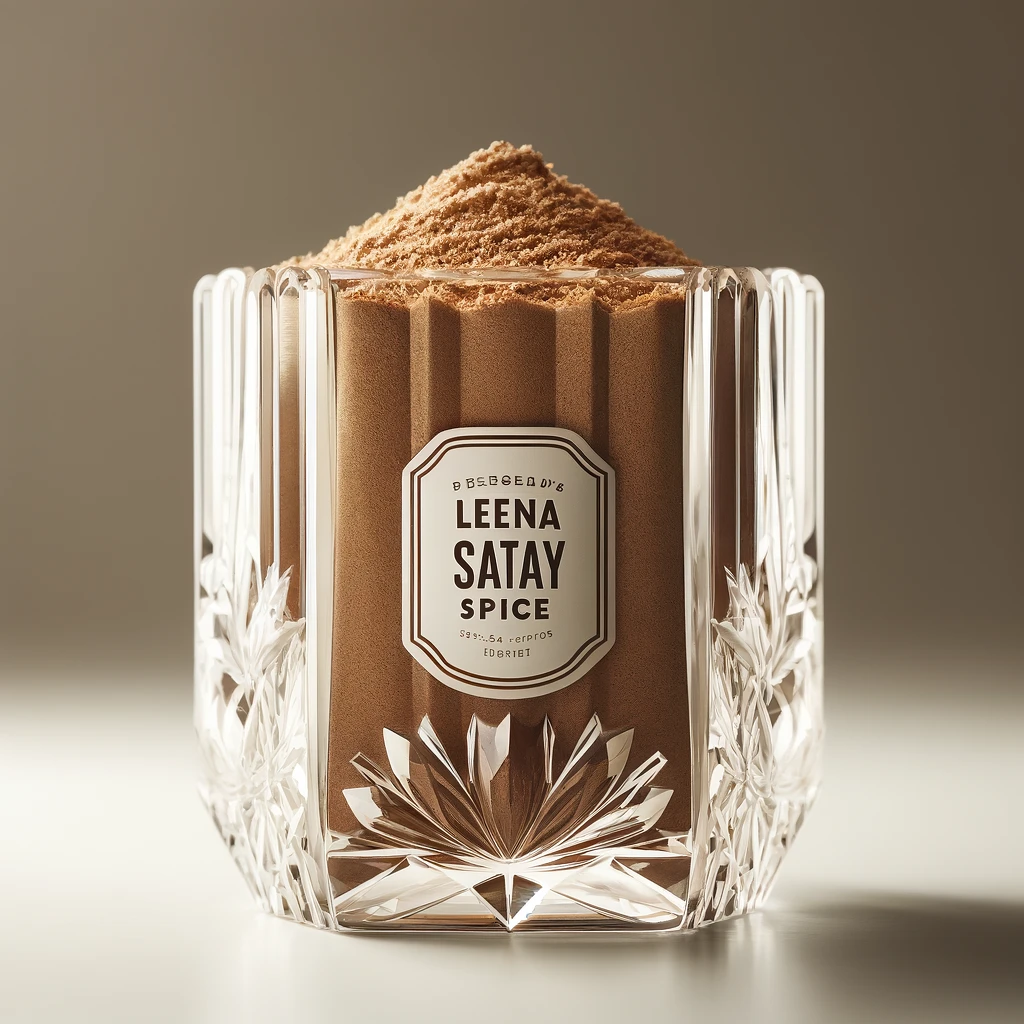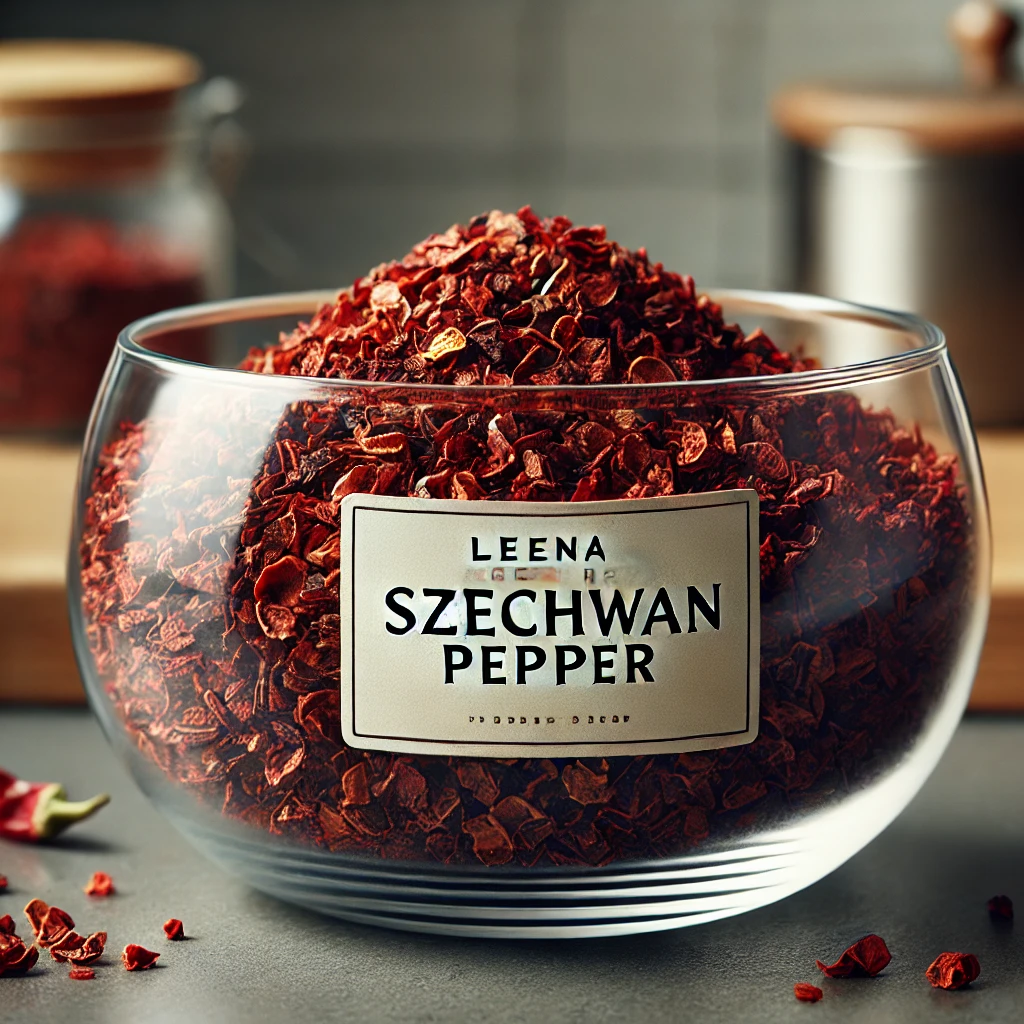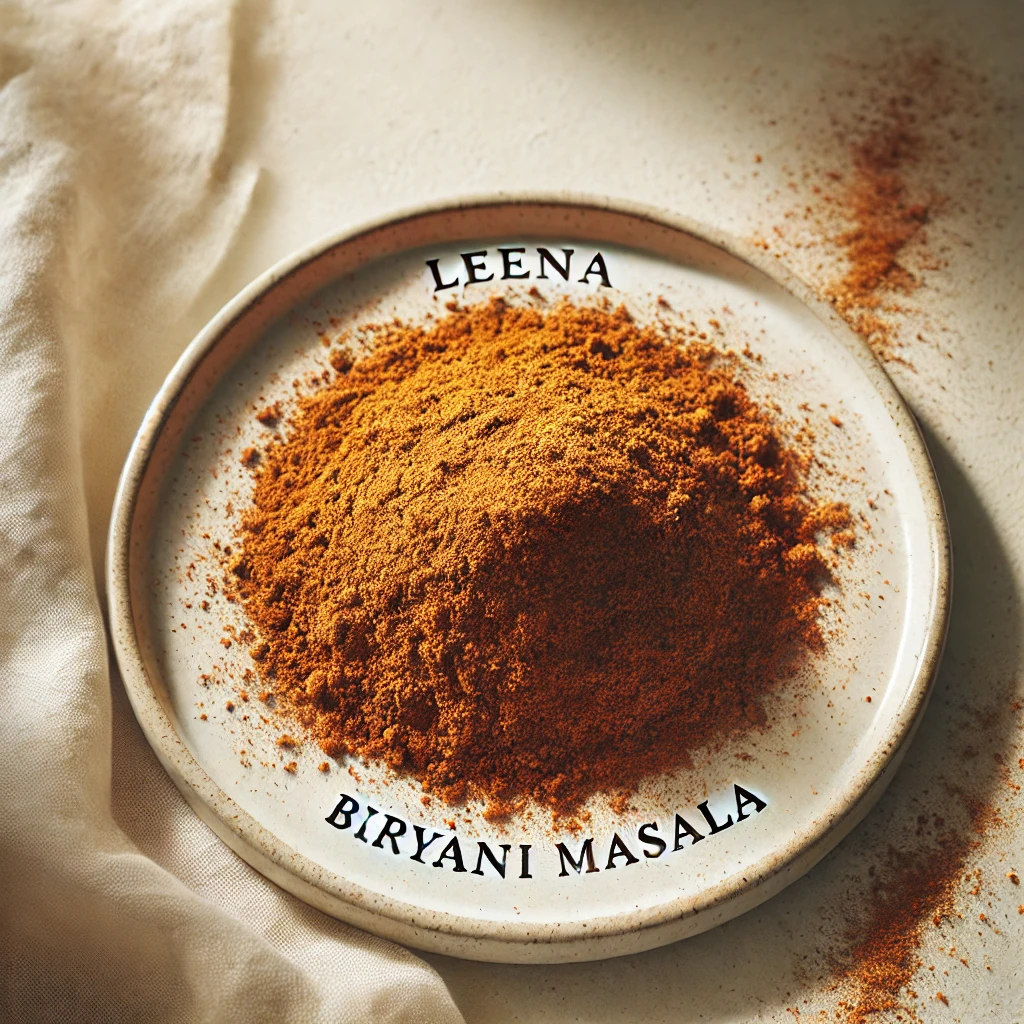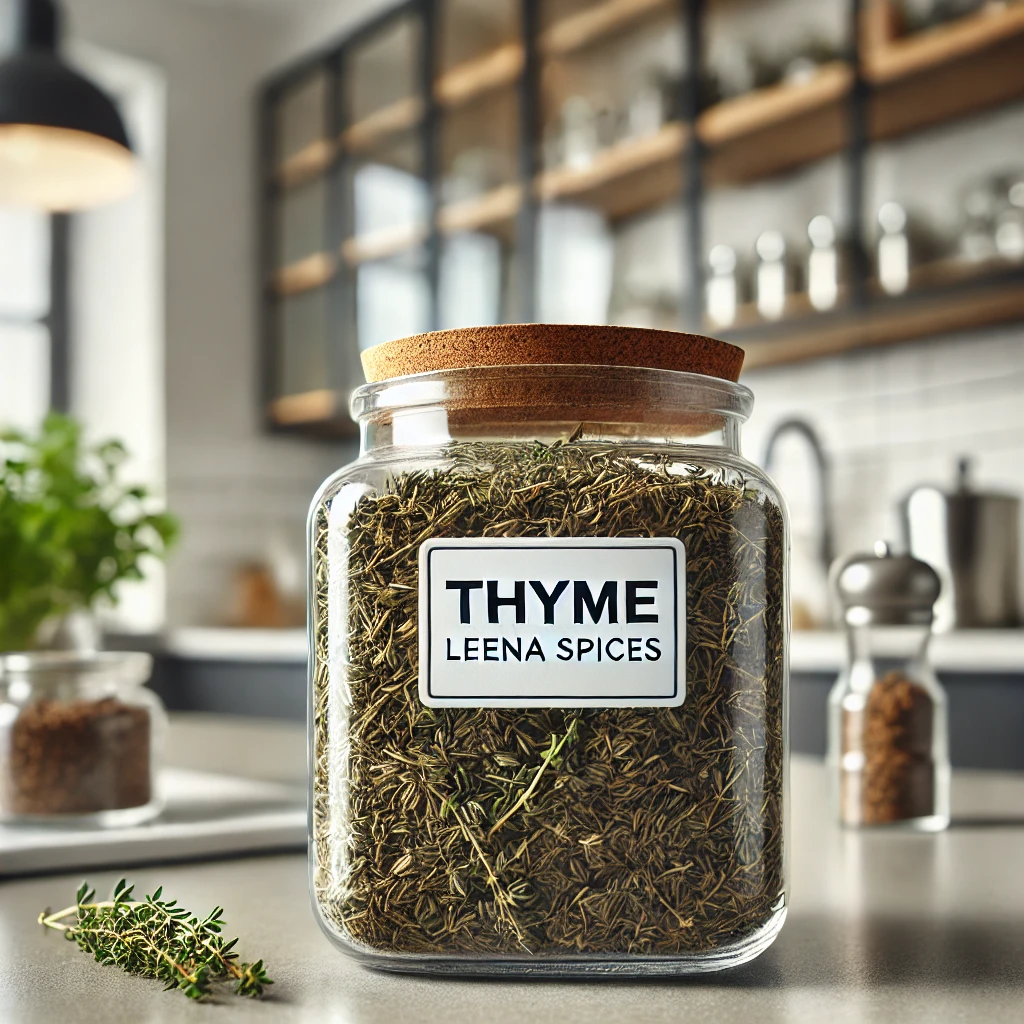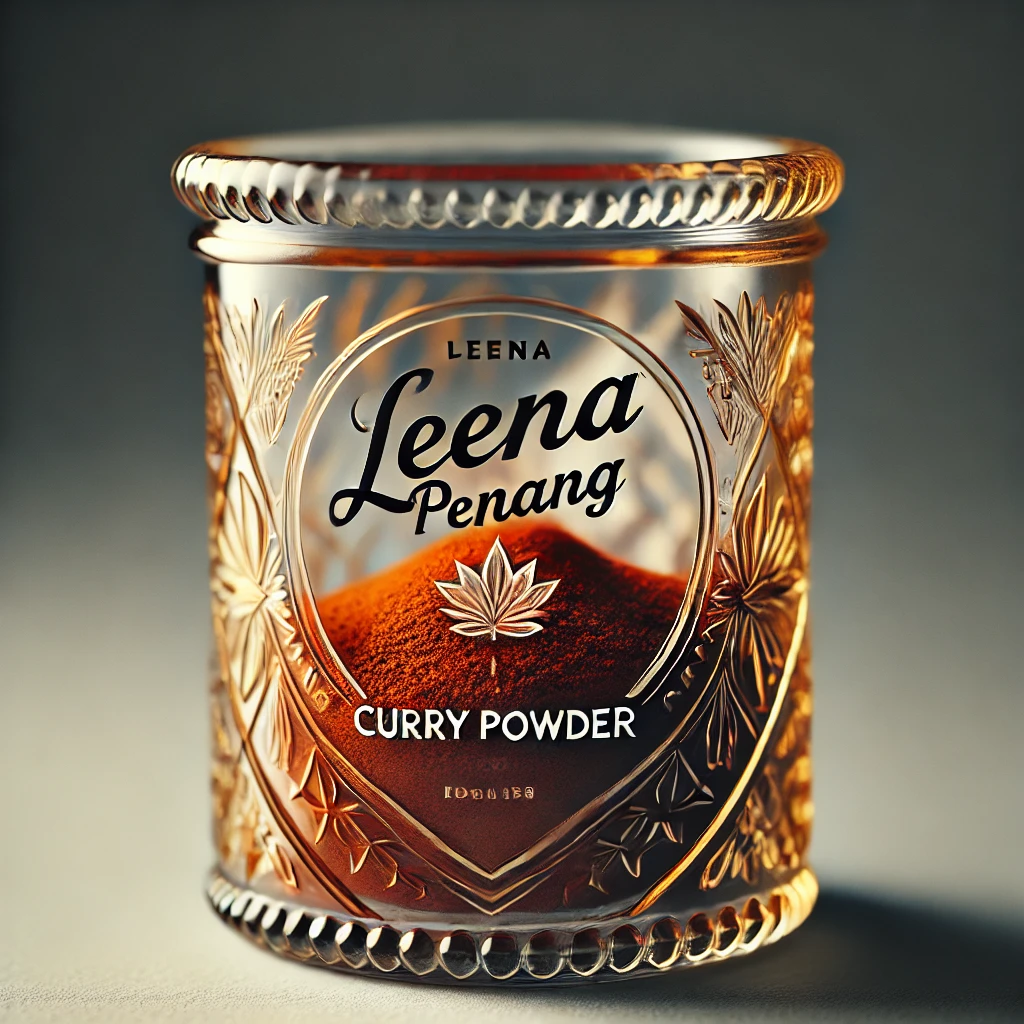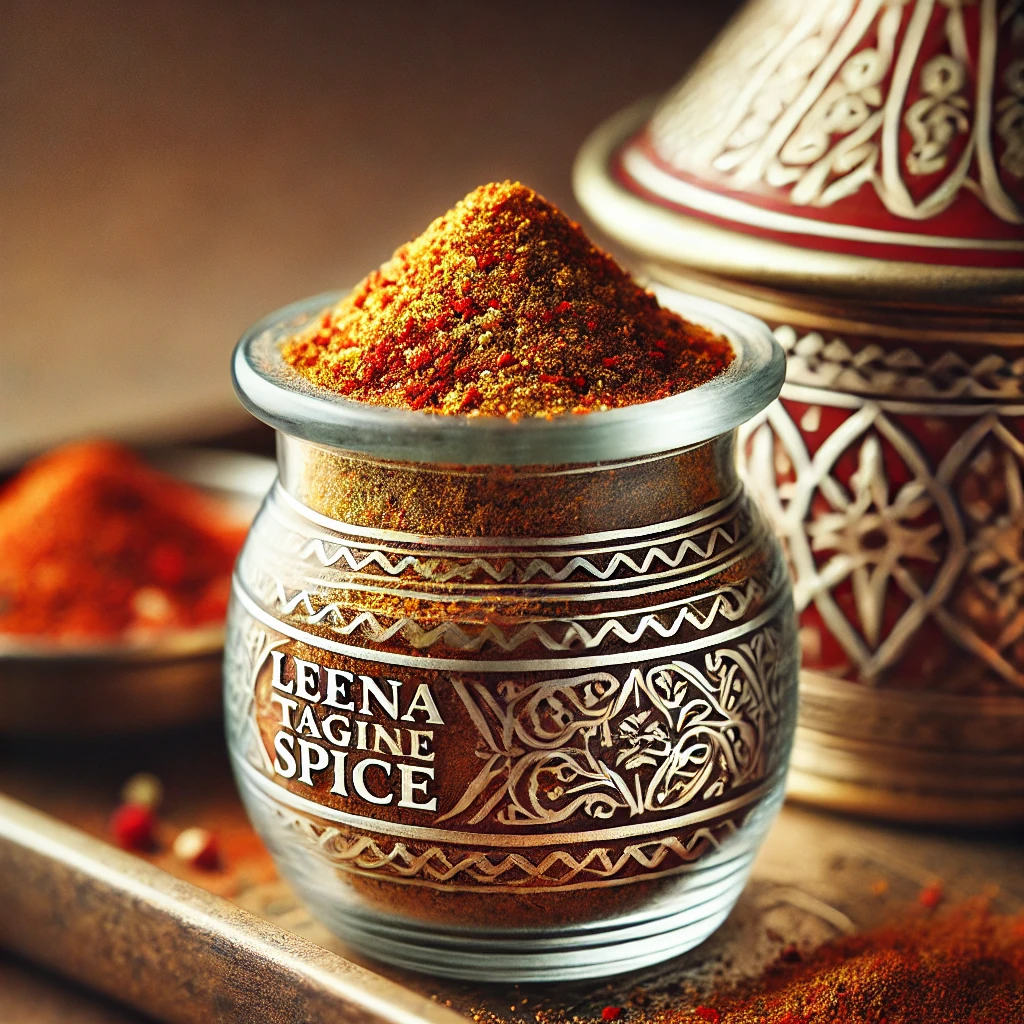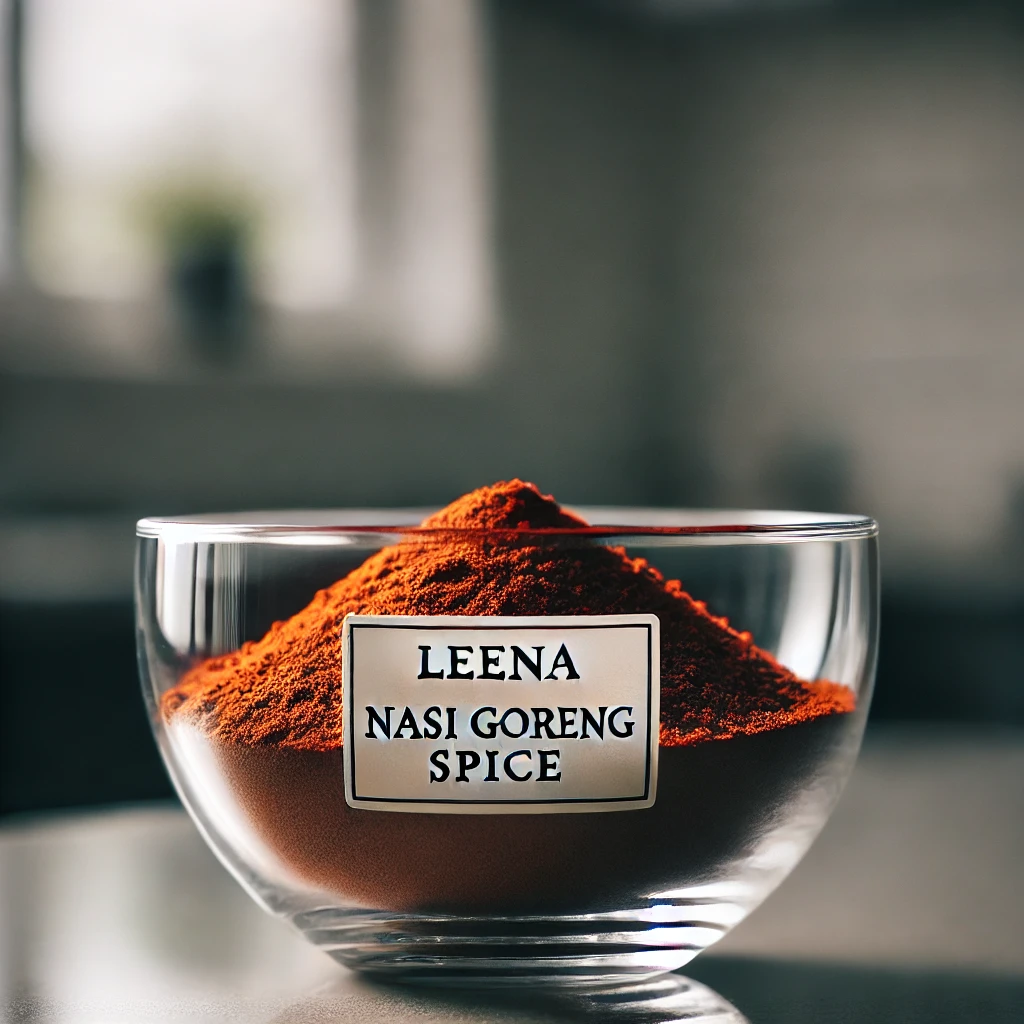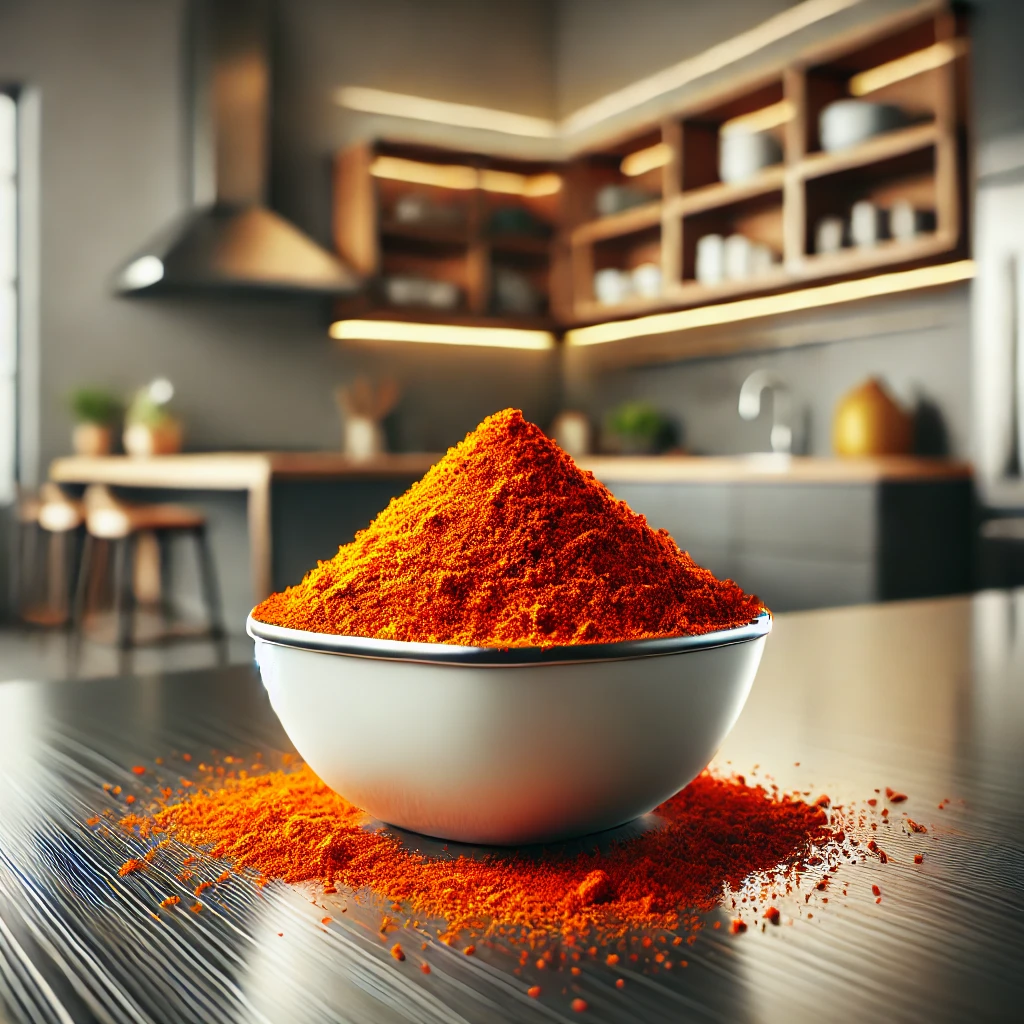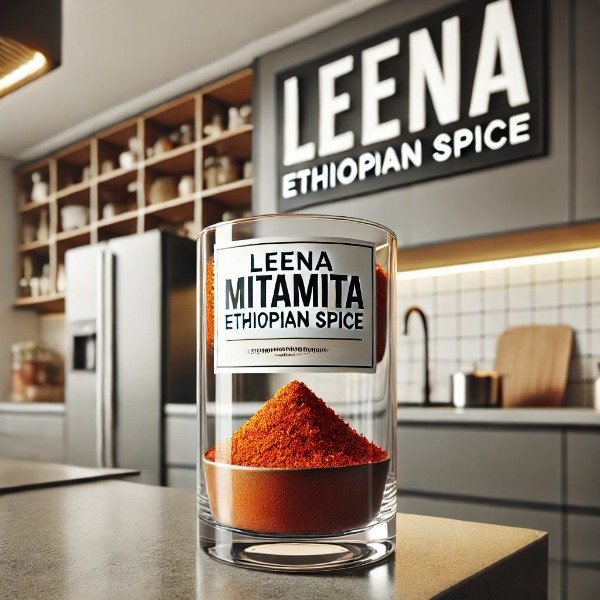What is Postpartum Spice Magic? 11 Traditional Herbs Healing
Table of Contents
- What is Postpartum Spice
- India (Ayurveda – Sutika Paricharya)
- China (Zuo Yuezi)
- Japan (Satogaeri Bunben)
- Middle East & North Africa (Nifas)
- Malaysia & Indonesia (Pantang & Jamu)
- Philippines (Hilot sa Pospartum)
- Latin America (La Cuarentena)
- Africa (Regional Traditions)
- Key Spices Found Across Cultures
- Conclusion
- Disclaimer
- FAQs
what is postpartum spice?
The postpartum period is one of the most important stages in a mother’s life. After childbirth, the body needs time, rest, and nourishment to heal. Across cultures, women have turned to postpartum spices and herbs as part of traditional recovery practices. These spices are not only flavorful but also functional, offering warming, healing, and lactation-supporting benefits.
Food and healing practices have played an important role in helping women regain strength, balance their bodies, and nurture their newborns. While modern medicine emphasizes nutrition and rest, many traditional systems recognize that spices can stimulate digestion, improve circulation, reduce inflammation, and even support lactation.
What is often called “postpartum spice” is not a single recipe or product but a set of cultural traditions that use spice-based foods, teas, and tonics for postnatal recovery.
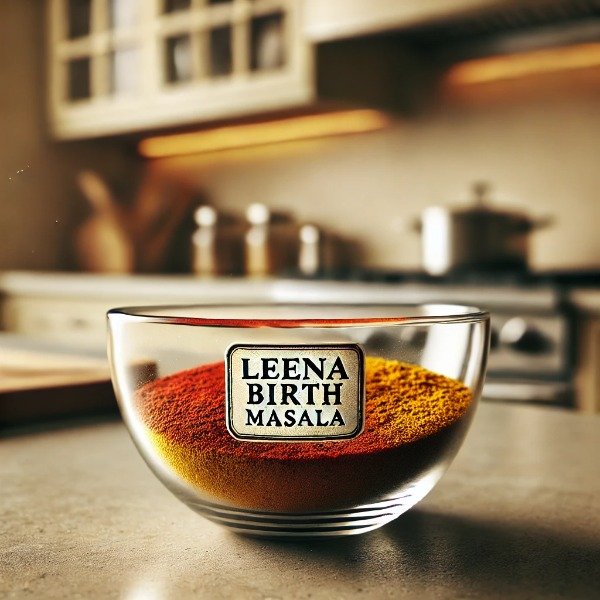
What are the health benefits of Postpartum Spice?
Postpartum Spices and Their Health Benefits Chart
Spice/Herb | Traditional Postpartum Use | Health Benefits |
Ginger | Added to soups, teas, and broths across Asia | Improves digestion, boosts circulation, reduces nausea, restores warmth |
Turmeric | Mixed with ghee, milk, or porridges in India & Southeast Asia | Anti-inflammatory, supports wound healing, strengthens immunity |
Fenugreek | Brewed into teas or porridges in India, Middle East, Africa | Promotes lactation, restores energy, helps balance blood sugar |
Ajwain (Carom Seeds) | Infused in water or teas in Ayurveda | Relieves gas, bloating, and indigestion |
Cumin | Used in porridges, teas, and stews worldwide | Aids digestion, prevents bloating, restores gut balance |
Fennel | Drunk as tea in Europe, Middle East, and Asia | Enhances milk supply, soothes digestion, reduces colic in infants (via breastmilk) |
Anise Seeds | Brewed in warm teas in Middle East & Latin America | Calms the stomach, supports lactation, mildly sedative for relaxation |
Cinnamon | Added to teas, porridges, and milk in many cultures | Improves circulation, balances blood sugar, provides warmth and comfort |
Black Pepper | Used in soups and stews in China & Africa | Stimulates appetite, enhances nutrient absorption, aids circulation |
Cloves | Added to stews or teas in Asia & Middle East | Antimicrobial, warming, supports oral and digestive health |
Cardamom | Blended in sweets and teas in India & Middle East | Aids digestion, soothes the stomach, uplifting aroma for emotional balance |
What are the Postpartum spice traditions?
India (Sutika Paricharya)
- Mothers are given ajwain water (carom seed infusion) or brewed into tea to aid digestion and expel gas.
- Turmeric milk or turmeric-spiced ghee is used for its anti-inflammatory and healing benefits.
- Fenugreek is consumed in porridge or laddu to improve lactation.
- Special postpartum sweets like panjiri or gondh ke laddu are prepared with wheat, dried fruits, nuts, and spices such as ginger, cardamom, and nutmeg to restore strength.
These warming herbs and spices for postpartum recovery strengthen digestion, restore warmth, and help new mothers regain vitality.
China (Zuo Yuezi)
Postpartum Healing Foods:
- Ginger is the cornerstone. Fresh and dried ginger are used extensively in soups, teas, and stir-fries to warm the body and promote circulation.
- Cinnamon and cloves are used in tonics and stews to restore energy.
- Black peppercorns in soups to stimulate digestion.
Zuo Yuezi is built on the idea of eating warm, spice-infused foods to protect against “cold” and rebuild strength after childbirth.
Japan (Satogaeri Bunben)
In Japan, postpartum recovery is traditionally called “Satogaeri Bunben,” meaning “returning home birth care.” While the emphasis is on family support and rest, food plays an important role.
Spice Use:
- Japan does not use as many pungent spices as India or China, but ginger is commonly incorporated into light soups and teas for its warming and digestive qualities.
- Mild broths with rice and vegetables are flavored subtly to be gentle on the mother’s body.
This reflects the Japanese approach to postpartum diet focused on balance, simplicity, and easy digestion.
Middle East & North Africa (Nifas)
In Arab and North African cultures, the postpartum period is called “Nifas” (النِّفاس), which refers to the 40 days of recovery following childbirth. Food and spices play a major role in restoring the mother’s strength and boosting lactation.
Common Postpartum Spices:
- Fenugreek (helba) is widely used to make a hot drink that boosts milk production and energy.
- Cumin and caraway are added to teas and porridges to reduce bloating and support digestion.
- Anise seeds are steeped in warm water to soothe digestion and aid breastfeeding.
In Egypt and Sudan, fenugreek porridge is a common postpartum dish, while in Morocco, spice-laden herbal teas are central to care.
Malaysia & Indonesia (Pantang and Jamu)
In Southeast Asia, the postpartum period is called “Pantang” in Malaysia and Indonesia. It is strongly linked to the consumption of jamu, a traditional system of herbal and spice-based medicine.
Herbs and Spices for New Mothers:
- Turmeric is used to cleanse the blood and reduce inflammation.
- Ginger and galangal are consumed for warmth and circulation.
- Tamarind and fennel appear in drinks and soups to restore digestive balance.
New mothers often consume jamu tonics made from freshly ground spices mixed with honey or palm sugar. Massage with spice-infused oils is also common for improving circulation.
Philippines (Hilot sa Pospartum)
Spice Use:
- Ginger teas are widely used to ease digestion, circulation and restore warmth.
- Turmeric and lemongrass are combined in healing broths and soups.
- Herbal baths infused with warming plants may also be part of recovery rituals.
This approach blends external body therapy with spice-based internal nourishment.
Latin America (La Cuarentena)
In Latin America, the postpartum period is known as “La Cuarentena” (“the quarantine”), lasting around 40 days. This tradition blends indigenous, Spanish, and African influences, with food playing a central role.
Postpartum Healing Spices:
- Cinnamon is the most common spice, often added to milk or teas for warmth and digestion.
- Anise and chamomile are brewed as teas to soothe the stomach and encourage milk flow.
- Mothers avoid cold or raw foods, instead eating warm soups and stews flavored with gentle spices.
The emphasis is on warmth, balance, and the protection of the mother’s body from cold.
Africa (Regional Traditions)
Across Africa, postpartum spice use varies, but the principles of warmth, strength, and lactation support remain consistent.
Examples:
- Ethiopia and Eritrea: New mothers consume hilbet, a porridge made with fenugreek and spiced with cumin.
- Nigeria: A special pepper soup made with chili peppers, ginger, garlic, and local spices is believed to cleanse the womb and restore heat.
- Morocco: Herbal teas with anise, fennel, and caraway are given to nursing mothers.
These traditional postpartum diets are deeply rooted in cultural belief and communal support.
Key Spices Found Across Cultures
- Ginger – warming, aids circulation and digestion.
- Turmeric – anti-inflammatory, restorative.
- Fenugreek – enhances milk supply, strengthens the body.
- Ajwain / Carom seeds – relieves gas and bloating.
- Cumin – aids digestion, balances the gut.
- Cinnamon – warming, comforting, digestive support.
- Anise / Fennel – carminative, promotes lactation.
- Black Pepper – stimulates appetite and circulation.
These herbs and spices for postpartum recovery highlight the global wisdom of using natural remedies after childbirth.
Conclusion
Across cultures, the idea of postpartum spices and herbs reflects a universal truth: new mothers need warmth, nourishment, and gentle restoration after childbirth. While the names differ—Sutika Paricharya in India, Zuo Yuezi in China, Nifas in the Middle East, Pantang in Malaysia, La Cuarentena in Latin America, and more—the underlying philosophy is the same. New mothers need warmth, nourishment, and balance after childbirth.
Spices are not just flavoring agents; they are functional ingredients that heal, strengthen, and comfort. Whether in a bowl of Indian panjiri, a Chinese ginger soup, a Malaysian jamu tonic, or a Nigerian pepper soup, spices remain central to postpartum recovery across the world.
For modern readers, these traditions highlight how deeply food and healing are intertwined. Even today, understanding and respecting these spice practices can provide inspiration for nourishing, restorative postpartum care.
Disclaimer
This article is for educational purposes only and is not intended to provide medical advice, diagnosis, or treatment. Postpartum recovery practices vary widely across cultures, and while spices and herbs have been traditionally used to support healing, their effects can differ for each individual. Always consult with a qualified healthcare professional before making any changes to your diet, especially during pregnancy, postpartum recovery, or while breastfeeding.
FAQs
Q1. What does “postpartum spice” mean?
Postpartum spice refers to the use of spices and herbs in traditional recovery practices for mothers after childbirth. It is not a single spice blend but a variety of spice-based foods, teas, and tonics designed to restore warmth, strength, and balance in the body.
Q2. Why are warming spices important for new mothers?
Many traditions believe childbirth leaves the body “cold” and weak. Warming spices like ginger, cinnamon, and black pepper stimulate circulation, improve digestion, and restore energy, helping the body recover faster.
Q3. Which spices are most common in postpartum traditions?
The most frequently used spices across cultures are ginger, turmeric, fenugreek, cumin, ajwain (carom seeds), fennel, anise, cinnamon, and black pepper. Each has specific digestive, restorative, or lactation-supporting properties.
Q4. Is postpartum spice use backed by science?
Some modern studies support the medicinal properties of these spices—for example, turmeric as an anti-inflammatory, fenugreek and fennel for lactation, and ginger for digestion. However, most postpartum spice practices come from traditional wisdom passed down for generations.
Q5. Do all cultures follow a postpartum spice tradition?
Not all, but many cultures worldwide—especially in Asia, the Middle East, Africa, and Latin America—use spice-rich foods and drinks in postpartum care. The exact practices vary, but the underlying idea of nourishment through spices is common.
Q6. Can modern mothers benefit from these traditions today?
Yes. While modern healthcare provides medical guidance, incorporating mild spice-based foods (such as ginger tea, turmeric milk, or fenugreek porridge) can complement recovery. However, mothers should always consult their healthcare provider before making major dietary changes, especially while breastfeeding.
Q7. Are there any spices new mothers should avoid?
Yes. Some strong or stimulating spices, like too much chili, nutmeg, or clove, may upset digestion or affect breast milk taste for infants. Moderation and balance are key. It’s best to follow cultural guidelines with medical advice.
Q5. Are postpartum spice traditions still practiced today?
Yes. Many families continue to observe cultural recovery diets, and modern mothers often adapt these practices with guidance from healthcare providers.
